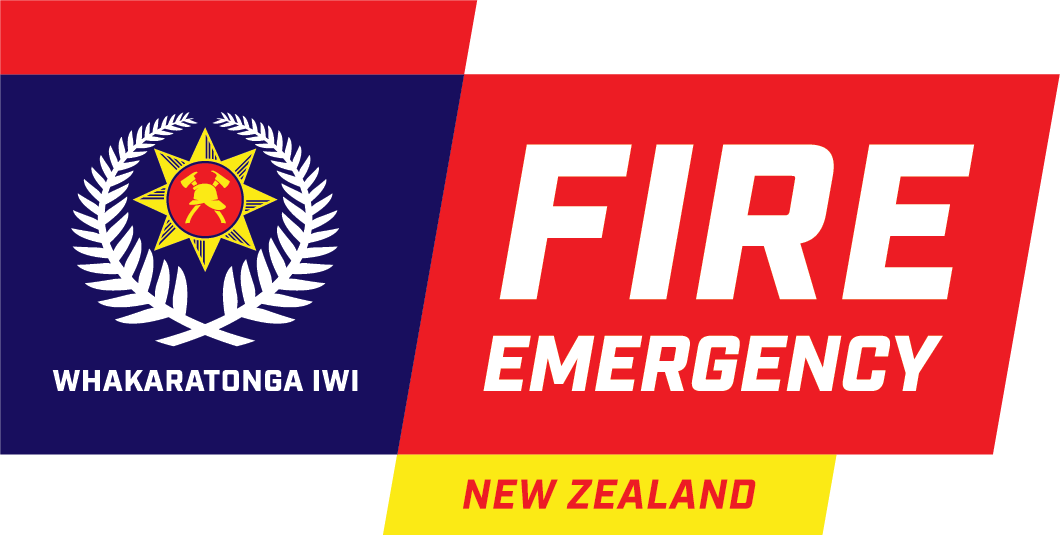Fire and Emergency crews check out the Central Interceptor tunnel
Crew members from Auckland recently got a close look at Watercare’s Central Interceptor tunnel in Auckland.
The Central Interceptor (CI) is a super-sized underground wastewater tunnel designed to reduce combined stormwater/wastewater overflows in central Auckland waterways and beaches. Currently under construction, the tunnel is 4.5 metres in diameter and will run for 16.2 kilometres from Pt Erin in Central Auckland to Māngere. The tunnel will lie between 15 and 110 metres below the surface. Along with two smaller link sewer tunnels, the main CI tunnel will collect wastewater from the existing network and take it to the Māngere Wastewater Treatment Plant.
Our National Advisor – Infrastructure Jon Harris took part in the visit as well and said the construction of the tunnel operates 24/7 and has up to 70 workers underground at a time.
‘The Central Interceptor is the largest wastewater infrastructure project in New Zealand history. The project started in 2019 and it has already crossed under the Māngere Harbour. The Tunnel Boring Machine (TBM) advances about 15m a day depending on soil conditions and has advanced more than eight kilometres since leaving the Māngere site in 2021. In September, the TBM broke through to a shaft in May Rd, Mt Roskill marking the halfway point in the journey to central Auckland. Around 600 staff are working 16 sites across Auckland.
‘Several tours have been given to our crews in the last couple months to help us become familiar with the site. On the latest visit, Richard Foxall from Ghella Abergeldie JV (GAJV), who are constructing the tunnel, escorted Group Managers Roger Callister and Dave Woon; Station Officer Andrew Keane, Qualified Firefighter Micah Fyers, and Qualified Firefighter Bryn Roberts from Balmoral Fire Brigade, Senior Station Officer Steven Bolton from Avondale Fire Brigade, and me. We were lowered 69m underground in a cage to get a close-up view of the tunnel.’
Jon said inside the tunnel, a rail network has been set up with two electric trains. These trains shuttle personnel, equipment, and dirt in and out of the tunnel. The TBM itself has many safety systems including a fire suppression system and two refuge chambers that can hold a total of 20 people. Also, an eight-person rescue chamber can be sent to areas in the tunnel if needed.
‘All personnel in the tunnel are accounted for with a tag board and each work party carries a hand- held gas monitor. Welding crews are trained in firefighting techniques and have at least one individual trained in advanced first aid. The tunnel has two-way radio and wifi communication available. There is an independent air supply, and tunnel lighting (including emergency backup). All the equipment will be removed before the tunnel becomes operational.
‘It is important that crews continue to familiarise themselves with these projects and the access points. During a tunnel emergency, time will be critical. Knowing the best locations to set up operations beforehand could really enhance the outcome of an incident. There will be some exercises planned in the near future to better hone our skills at this site.’
Jon said Fire and Emergency appreciates GAJV and Watercare’s commitment to safety and looks forward to our ongoing relationship. Sections of the main Central Interceptor tunnel (May Rd South) will go live in 2024. The project is due for completion in 2026.





